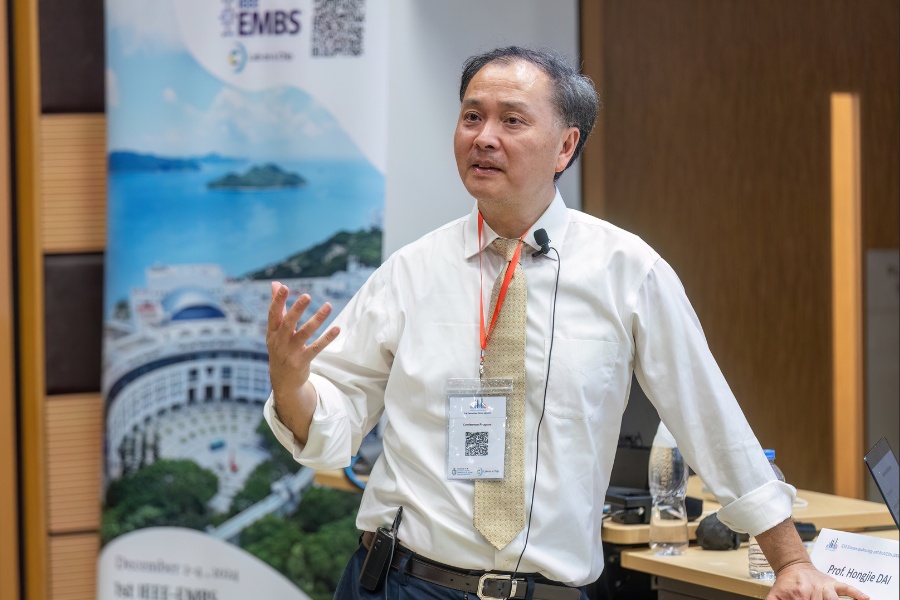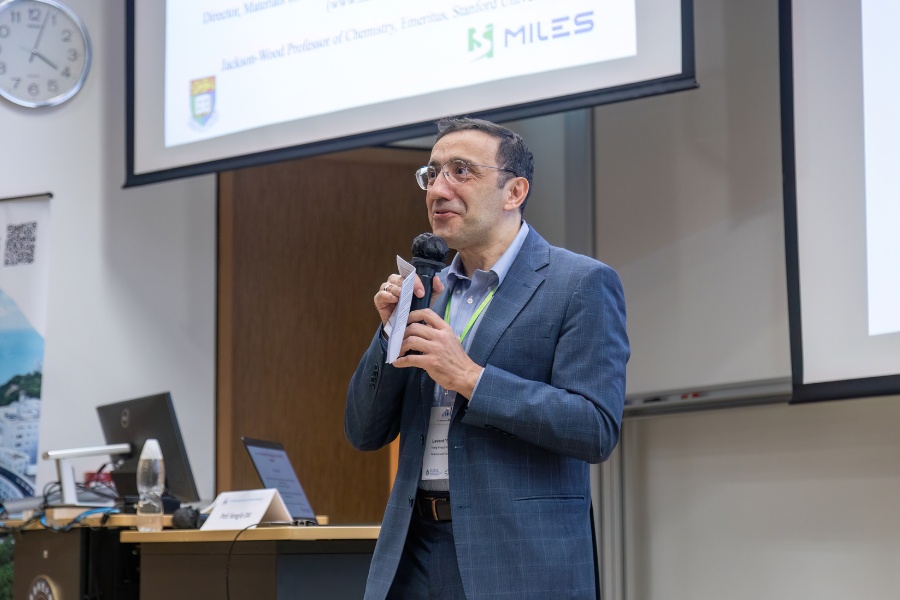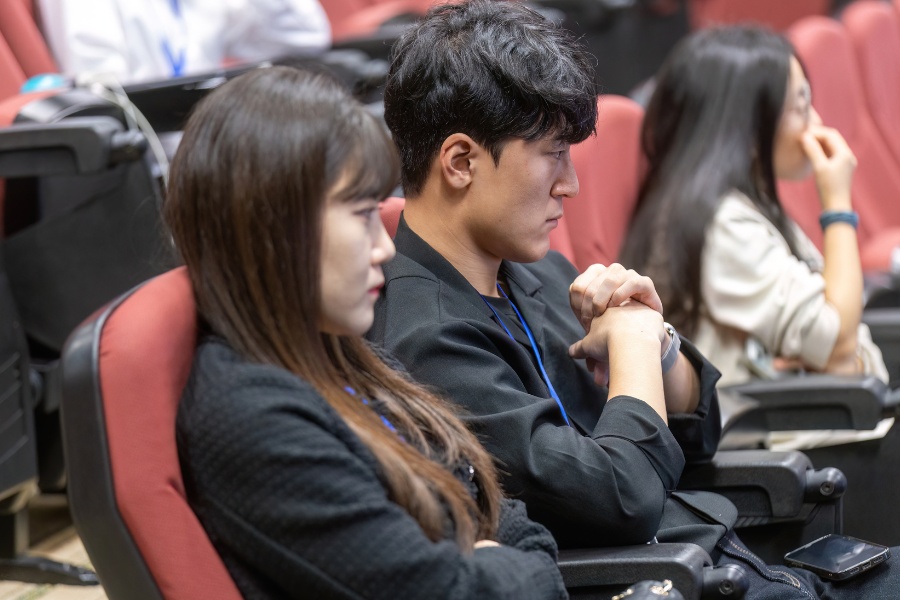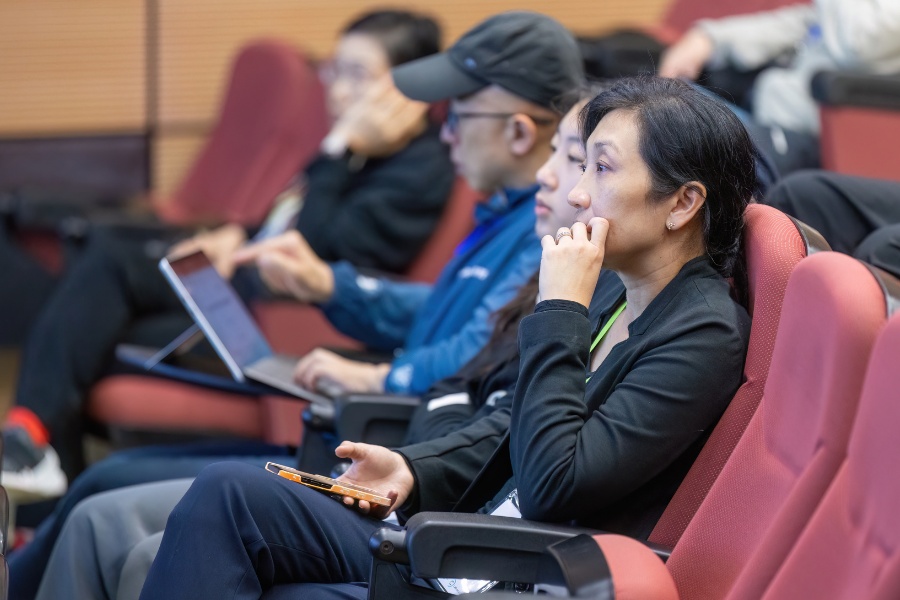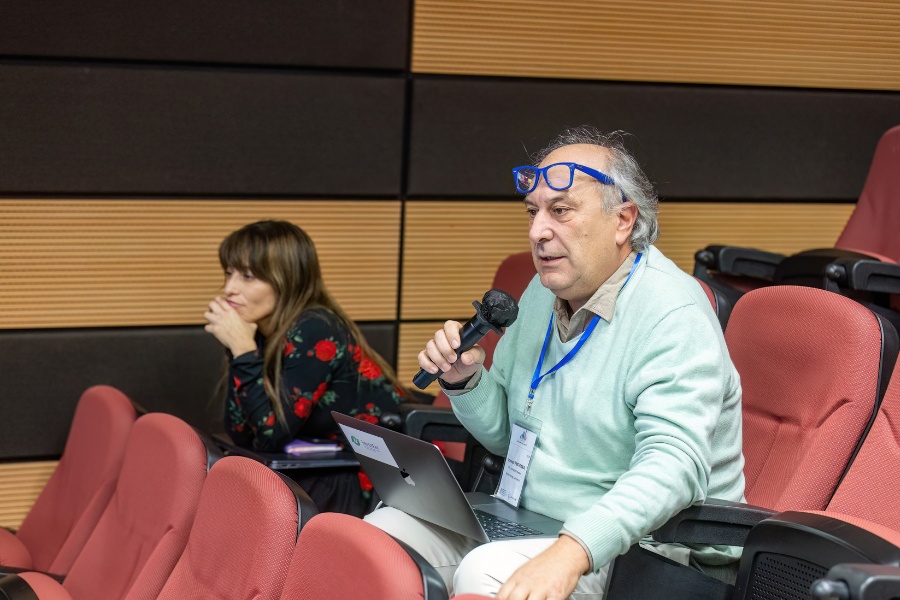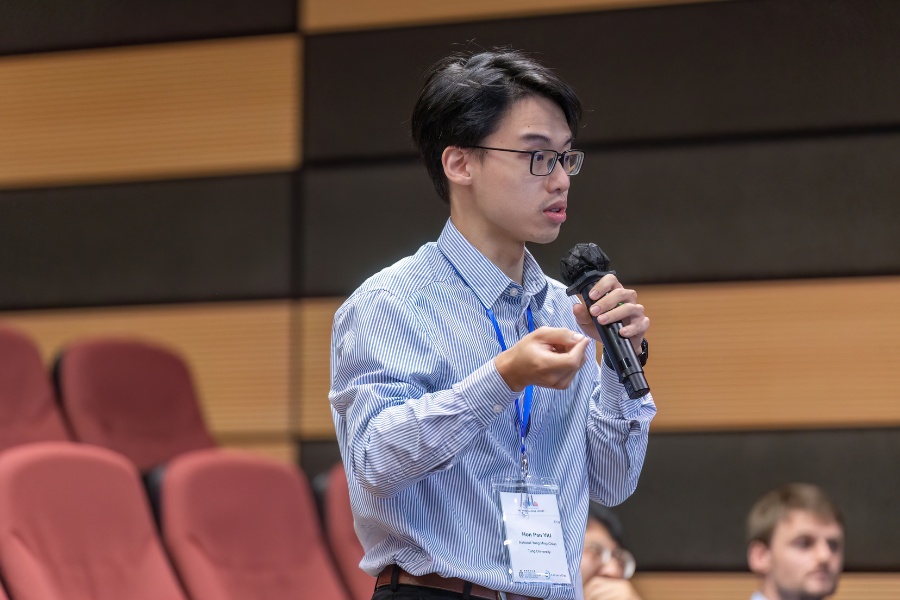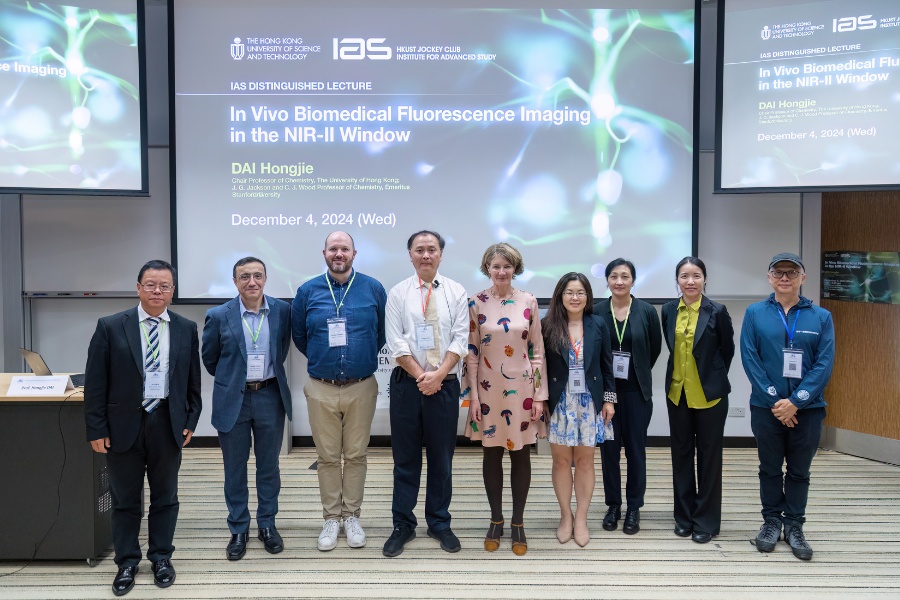In Vivo Biomedical Fluorescence Imaging in the NIR-II Window
Abstract
This talk will present the speaker and his group’s work on in vivo fluorescence/luminescence biological imaging in the 1000-3000 nm NIR-II/SWIR window, benefiting from suppressed light scattering at these long wavelengths and diminished autofluorescence. The imaging modality gives superior performance to existing imaging with ICG and has potential for clinical translation for imaging tissue perfusion, intraoperative ureter imaging, lymph node mapping, molecular imaging for immunotherapy and imaging guided surgery.
Specifically the speaker will show in vivo NIR-II imaging can achieve sub-centimeter tissue depth, single-cell spatial resolution, and real-time temporal resolution using a wide range of nano- and molecular- fluorescent/luminescent nanoprobes emitting > 1000 nm. New imaging tools such as light sheet microscopy and confocal microscopy in NIR-II/SWIR will be presented for non-invasive molecular imaging in vivo. The latest non-invasive imaging of mouse lymph node under 1650 nm excitation in the > 1700 nm NIR-llc window will be shown. This is the longest one-photon imaging matching that of two- and three-photon excitation. He will also show some recent results on imaging guided surgery with superior tumor/normal tissue signal ratios to ICG types of probes. Potential clinical translation of NIR-II imaging for imaging guided surgery, sentinel lymph node mapping, urinary system imaging and immunotherapy will be discussed.
About the Speaker
Prof. DAI Hongjie obtained his BS in Physics from Tsinghua University in 1989, his MS in Applied Sciences from Columbia University in 1991 and his PhD in Applied Physics/Physical Chemistry from Harvard University in 1994. He joined the Stanford faculty in 1997, and in 2007 was named Jackson–Wood Professor of Chemistry. He is currently a Chair Professor of Chemistry at the University of Hong Kong and the J. G. Jackson and C. J. Wood Professor of Chemistry, Emeritus at Stanford University.
Prof. Dai developed widely adopted chemical vapor deposition for carbon nanotubes; invented the first electrical nanosensors using nanotube transistors; pushed nanotube transistors to the ballistic limit; pioneered nano-carbon biological applications for novel imaging and therapy; and pioneered the field of in vivo NIR-II/SWIR imaging.
Among many awards, Prof. Dai has been recognized with the James C. McGroddy Prize for New Materials by the American Physical Society, the ACS Award in Pure Chemistry by the American Chemical Society, the Mid-Career Researcher Award by the Materials Research Society, the NIH Director's Pioneer Award and the Humboldt Research Award. He has been elected to the American Academy of Arts and Sciences, US National Academy of Sciences, US National Academy of Medicine, and a Foreign Member of Chinese Academy of Sciences.
For Attendees' Attention
Seating is on a first come, first served basis.

